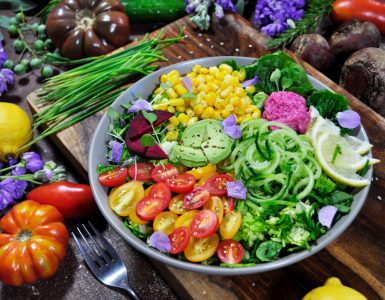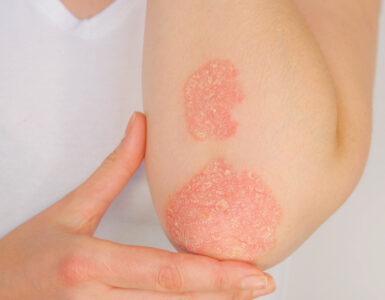Autumn is just around the corner and it’s a great time to protect yourself against troublesome bugs. One of the keys to good health and immunity at this time of year is a healthy gut.
Clinical nutritionist Suzie Sawyer explains how looking after your gut can help to keep the bugs at bay this September.
A change in seasons often exposes the body to various infections especially if you’re around children who’ve just returned to school for the new term. Around 70% of the immune system resides in the gut, so it needs to be in tip-top condition to protect the body against troublesome bugs.
Bacteria can be good
Not all bacteria are bad! In fact, there are billions of bacteria living in the gut with amazing health benefits. This explains why they’re affectionately called ‘friendly bacteria’ or ‘friendly flora’. Good, bad and neutral bacteria all live together, and these are referred to as the gut microbiome. However, it’s the good guys that hold the key to a healthy immune system and these are the ones we need to nurture.
Foods such as live natural yoghurt, leafy green vegetables, garlic, Jerusalem artichoke and flaxseeds help to feed the good gut bacteria. High fibre foods also encourage growth of good bacteria so beans, legumes and wholegrains are also important to include in the diet.
We should all aim to eat a minimum of 30 grams of fibre a day. This not only feeds the good guys but also keeps the bowels running smoothly. Any bout of constipation allows toxins to build, overloading the liver and putting further pressure on the immune system.
Fermented foods are king
Traditional Chinese and Japanese diets feature plenty of fermented and pickled foods. These include kefir, miso, tempeh, natto and pickled vegetables such as cabbage (known as sauerkraut). Fermented foods feed the good bacteria, therefore are a quick win and should be a regular part of the diet.
Many of these foods are part of an everyday vegetarian diet, but they are also easy to include in other diets. Try miso soup as a starter, or sauerkraut as a vegetable side. Tempeh can be cooked into a curry and kefir added to cereal (it tastes similar to natural yoghurt). Meanwhile, natto, which is fermented beans, can be added to bean casseroles or soups.
Soy-based fermented foods such as tempeh, miso and natto not only feed the good bacteria but have the added benefit of being great sources of protein. They are also phytoestrogens which means they can help to balance female hormones through the menopause years, as well as male hormones through middle age.
Cut down on sugar
Sugar is bad bacteria’s best friend and a sugar-laden diet feeds the bad guys, which can deplete the good guys. This includes sugar in all its forms including fizzy drinks, cakes, biscuits, confectionary and alcohol.
A highly refined diet, typical in western society, is often low in fibre, which is not conducive to helping the good guys to thrive. Aim to follow a predominantly high-fibre diet, as low in sugar as possible and your immune system will thrive.
And finally, if you are experiencing any of the following then it may be time to adopt a diet which increases the good bacteria and reduces the bad.
Five signs your microbiome may need some attention:
- Wind and bloating
- Constipation
- Diarrhoea
- Frequent infections
- Skin conditions such as acne, eczema or rosacea
























Add comment